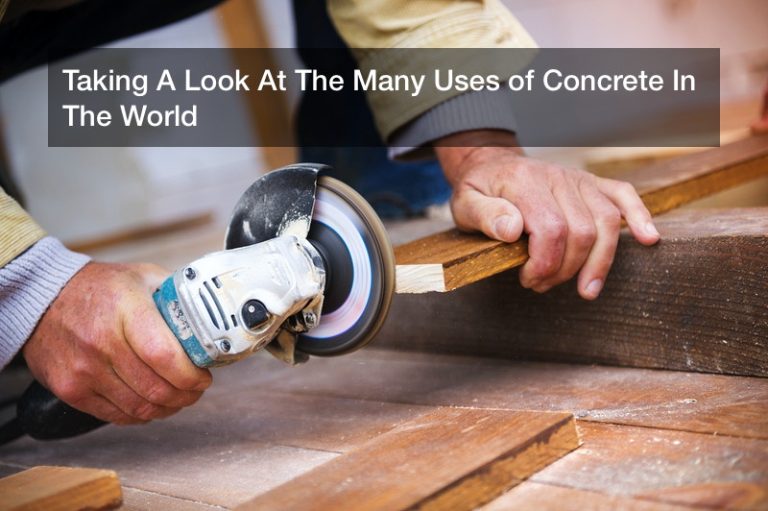
Concrete is often taken for granted, and while this tough material is widely used and quite strong, it is not indestructible. For example, concrete may suffer from cracks or warping if the ground underneath starts sagging, and concrete may experience erosion or even crack apart as plants emerge through it. This may happen in concrete sidewalks or patios in suburban properties, for example, and a homeowner may not like those cracks. Such cracks are unsightly, to say the least, and uneven concrete may pose a tripping hazard or prevent bicycles from going over them smoothly. Of course, it is an option for the city or other contractors to tear up the concrete and pour new material. But that is costly and takes time, and many cases of damaged concrete don’t require that drastic step. Instead, to fill concrete voids and cracks, concrete services can perform concrete raising. Slab jacking and concrete crack repair may require workers to fill concrete voids seamlessly, and there are definite methods for doing just that. To fill concrete voids, what must be done? And what is there to know about concrete in general?
On Concrete
Concrete ranks among the oldest construction materials that humanity has ever used, and evidence exists of composite concretes being used millennia ago. Both then and now, concrete is made up of water, aggregate rock materials, cement, and more, and such materials can harden and cure once put into place. This is why concrete mixer trucks use rotating drums, to prevent the concrete inside from curing and becoming too difficult to pour out. Concrete is one of the first materials used to construct a building; that is, once the foundation is dug up, concrete is poured and smoothed out, then allowed to harden into a foundation. This is done for houses and skyscrapers alike, and concrete can endure a lot of weight. On average, concrete has a strength of 3,000 psi, but some of the toughest concretes can endure 20,000 psi or so. Concrete can be used on a large scale, such as skyscraper foundations or highway overpasses, or it can be used on a smaller scale, such as sidewalks and a house’s front and back patio. Concrete crews may fill concrete voids in this case.
